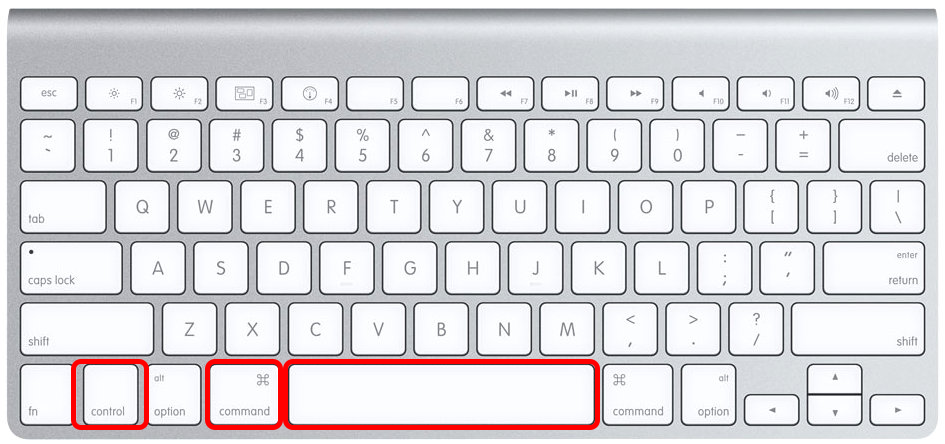


Note: This Recovery environment is separate from the Recovery on your virtual machine’s regular boot drive, but as long as the OS versions match between the VM and the disk image, it shouldn’t matter which disk’s Recovery environment that you’re actually in.
#Command r mac os windows
Console: Description Windows & Linux Mac Move cursor to Console: Ctrl+2: Ctrl+2: Clear console. The virtual machine should now boot to the macOS installer’s Recovery environment. For the Mac Users, commands and shortcuts would be slightly different. Once booted to the Boot Manager screen, use the arrow keys on your keyboard to select the CDROM option. Under the Virtual Machine menu, select Power on to Firmware.Ĥ. Connect the disk image of the macOS installer to the virtual machine’s CD/DVD drive.ģ. If necessary, add a CD/DVD to your virtual machine.Ģ. Once you have the disk image built, use the procedure below to connect the disk image to the virtual machine and boot from it.ġ. You can create this disk image using a tool I’ve written: So your first step is to create a disk image of the macOS installer for the OS version you want. This method relies on VMware Fusion being able to boot a virtual machine from a disk image.

For more details, please see below the jump. This is the same keyboard shortcut as booting to macOS Recovery for Intel Macs so if you’re not very fast, or you don’t have the virtual machine window selected correctly, you may be looking at an unwanted request to restore a snapshot instead of macOS Recovery.įortunately, there’s a workaround for this behavior which will reliably get you into macOS Recovery. Booting a VMware Fusion virtual machine to the macOS Recovery environment can be challenging, as Fusion uses Command-R as a keyboard shortcut for restoring snapshots.


 0 kommentar(er)
0 kommentar(er)
